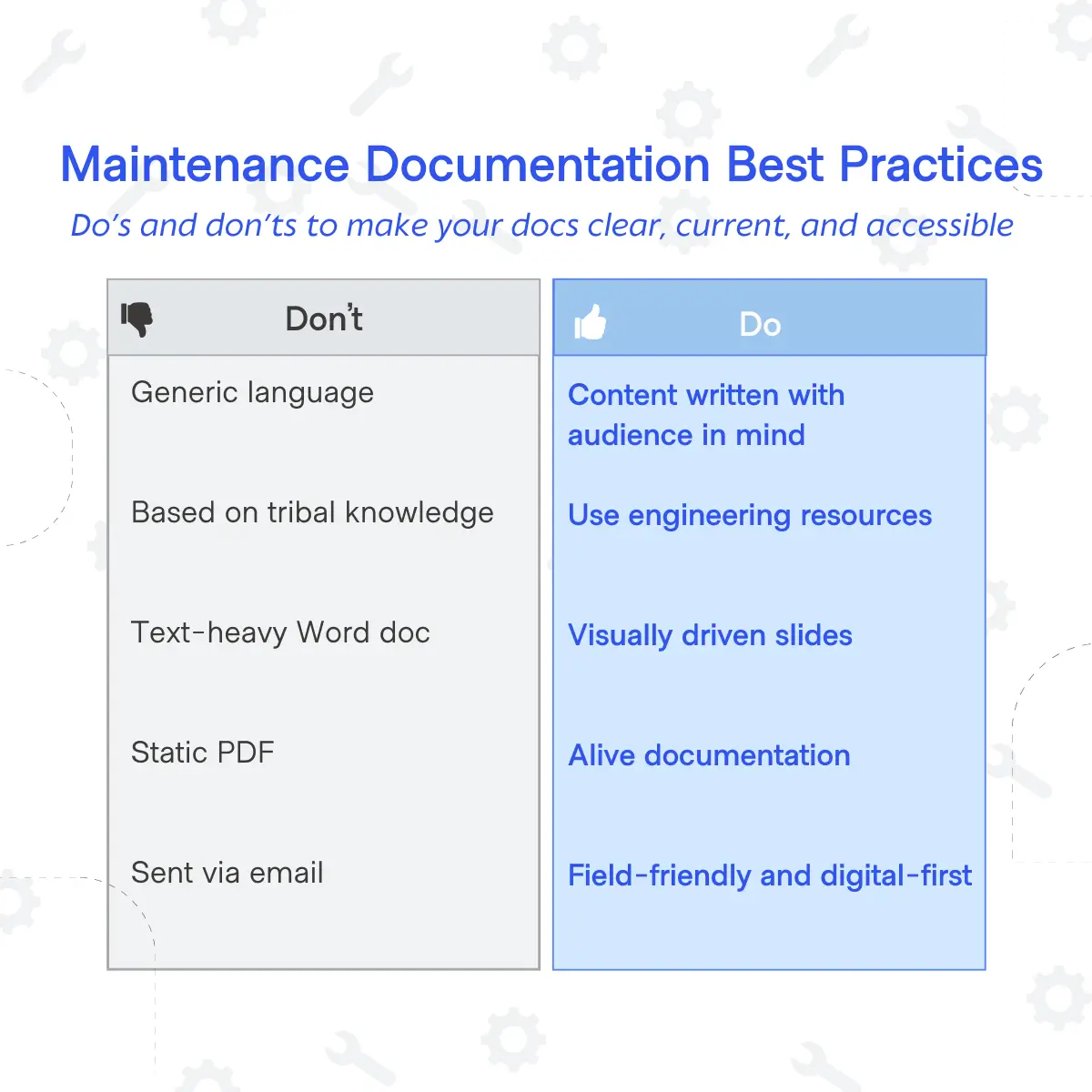Lean Manufacturing is a philosophy focused on eliminating waste, improving efficiency, and delivering value. Tools like Kanban, Kaizen, and Just-In-Time get most of the spotlight—while documentation quietly holds everything together.
What Does Documentation Have to Do With Lean Manufacturing??
At first glance, documentation might not seem like a core Lean concern—but in reality, it’s foundational to making Lean principles work on the ground. Lean manufacturing thrives on consistency, clarity, and continuous improvement—all of which rely on well-maintained, accessible documentation.
Standardized work instructions ensure tasks are performed the same way every time, reducing variation and waste. Clear process documentation helps identify inefficiencies, support root cause analysis, and train workers faster.
Without accurate documentation, even the best Lean strategies can fall apart in execution. In short, documentation is what turns Lean from a philosophy into a repeatable, scalable system.
Give Documents their Due!
You’re a Lean guru and you’re willing to give your documentation processes a facelift. What should you do?
1. Audit your documentation
First, make sure you understand what types of documentation you make. Who writes them, contributes to them, and ingests them. What tools do you use? Identify communication gaps and areas of common mistakes or inconsistencies.
2. Involve the people who use it daily
Guess who knows the most about your manufacturing documentation? Your engineers and technicians! Get them in the same room and gather their thoughts.
3. Create and agree on standards
Standards in process are critical, such as identifying document ownership and setting version control rules. It’s also essential to set standard formats - templates can have a magical effect in improving readability. Work instructions, quality checks, and process maps should all look the same, so they are easily interpreted 100% of the time.
4. Digitize where possible
Invest in digital tools that make documentation accessible in real time, especially for frontline workers.
5. Revisit the process again and again
Treat documentation as a living part of your continuous improvement cycle: review, update, and improve it regularly as your processes evolve and new team members are added.
When you give documentation the attention it deserves, it becomes a powerful enabler of Lean success.
Learn more about how Quarter20 can support your Lean initiatives by reaching out to hello@buildquarter20.com

.jpg)
.jpg)


